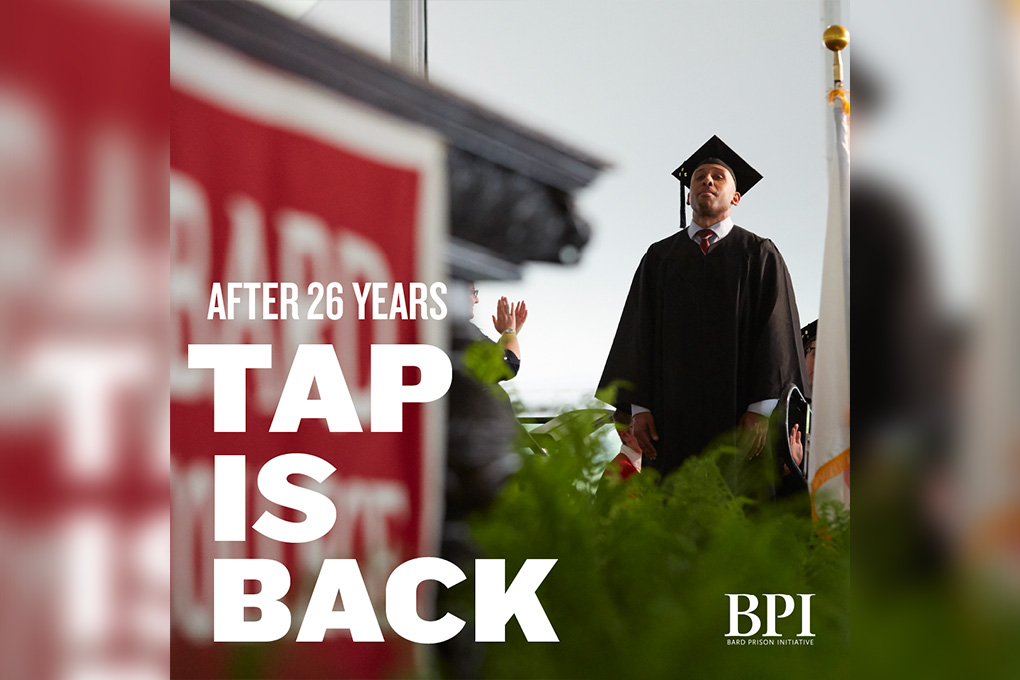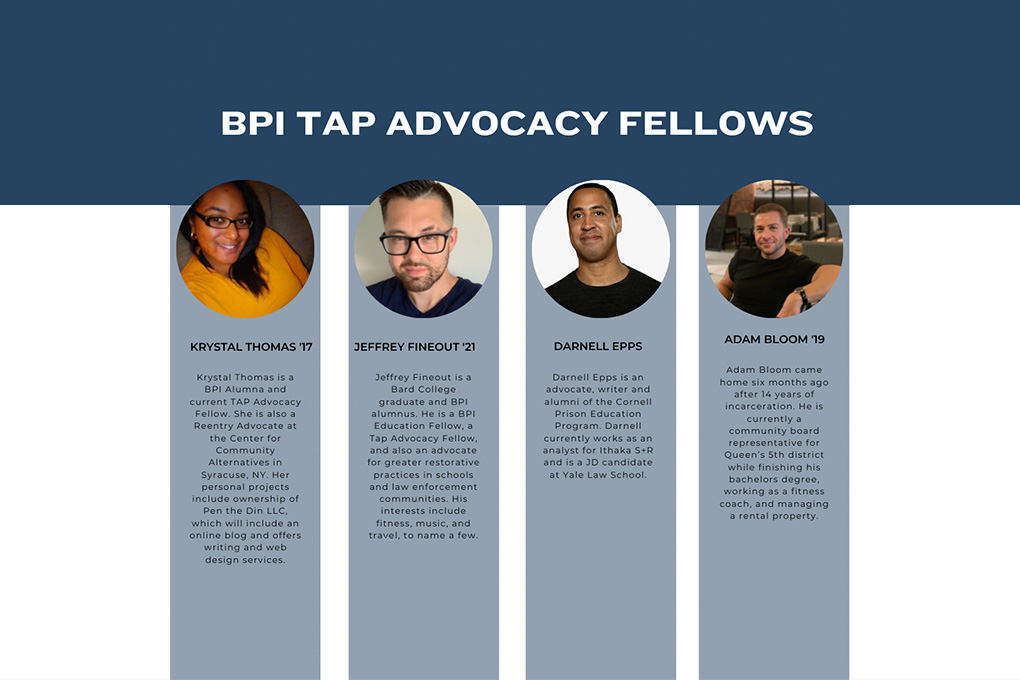One of the biggest obstacles to reducing America’s enormous prison population is the stubbornly high rates of recidivism.
Nationwide, as many as half of those released end up back in prison within three years.
There are many reasons for this, and not many simple answers, but one solution has long proved to be both reliable and cost-effective: education behind bars.
People who go to prison are already among the least educated members of society. While about 20 percent of the general public doesn’t have a high school diploma, that number rises to nearly 40 percent among prisoners.
Yet the same political and social forces that have driven the country’s prison boom over four decades have also worked to eliminate most government support for inmate education, including Congress’s irrational and counterproductive decision in 1994 to deny federal Pell grants to people in prison. In the aftermath, the number of college degree programs for prisoners around the country dropped from 350 to about a dozen.



